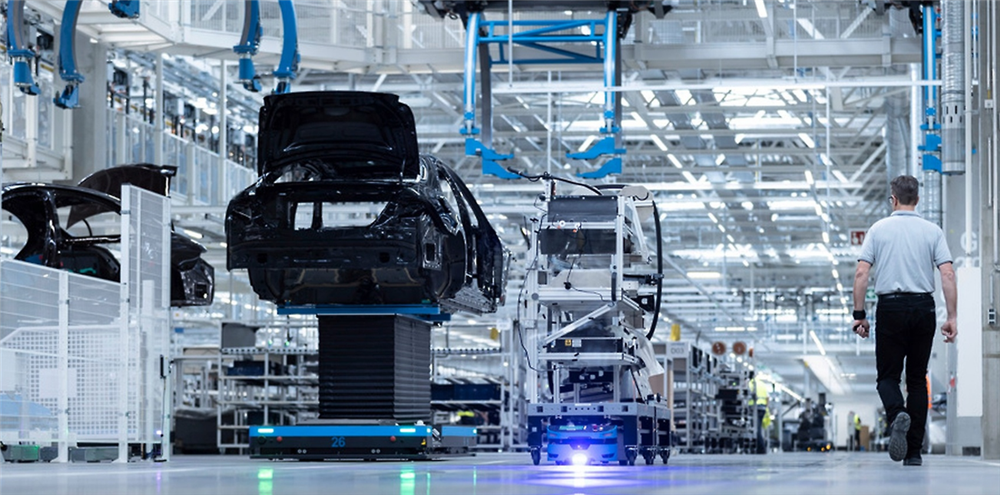What is Regulatory Compliance for Products?

You have a great idea for a product, and your company gives you the go ahead to put that idea into production. You're excited and start planning. One of the first things to do is compile a list called a
Now, you're ready to build your products. Easy and straight forward, right? Not at all! Depending where you're going to sell the product, you'll need to research regulations for each region which brings us to the fundamentals of product compliance.
In carrying out due diligence in the supply chain, your product will need to comply with various regulations that affect each of the parts and vendors in the supply chain. These regulations are in place to create ethical sourcing of materials, combat human trafficking and slave and child labor (Modern UK Slavery Act). For instance, if the parts use minerals mined from certain countries, it needs to comply with the Dodd-Frank Act Section 1502 Conflict Mineral regulation which prohibits use of minerals from illegal mines in Congo and the surrounding regions. Basically, you need to make sure the materials used for your products in the supply chain are not sourced from unethical suppliers, as dictated by law.
After you have finished your research and compliance with the various regulations for the parts and materials have been completed, now it's time to actually build the product. Now straight to production! Hold on, not just yet. First you'll need to inspect the factory that will produce your product. You have to go through checklists to make sure that the work environment complies with health and safety regulations, the product adheres to safety standards, and the correct parts and materials are shipped to the factory.
Once the inspection, audits, and safety standards have been completed, you need to look at product development sustainability and ensure you are meeting industry standards for your product. Each industrial sectors as well as countries or states (e.g. California Proposition 65) will have their own safety and regulatory standards regarding various products, and your product will need to comply with those regulations whether it's a toy or a piece of paper. These regulations will have significant impact on the production and distribution of your product.
Overall, putting an idea into a physical product is not as straight forward as we would assume. In order to get your product to market, it has to comply with various industries and countries regulations. You need to do your research and ensure that the production of your product does not run afoul of these regulations. You want to make sure that your product are made from ethically sourced materials that comply with anti-human trafficking and forced labor laws as well as conflict material sourcing regulations. You also need to ensure that the factory environment complies with local and global health and safety regulations as well as labor laws.
This is just an overview of what you need for product compliance, which is just one aspect of regulatory compliance your organization will be confronted with. Managing the plethora of laws, industry regulations and standards can be extremely time consuming, which is why it's best to have a good compliance tool at hand. Staff.Wiki is a great example of a tool that lets you centralize and secure all of the laws, industry regulations and standards and your own policies and procedures in one place, ensuring that your staff are well equipped to get your products built with the highest quality while avoiding legal obstacles.
